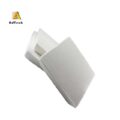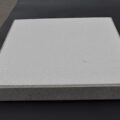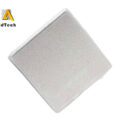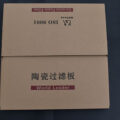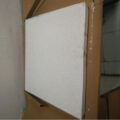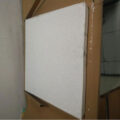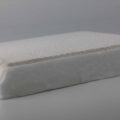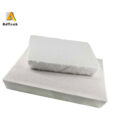The casthouse ceramic foam filter has the same inherent shape as the basic polyester open-cell foam, with high efficiency, open-cell and net-like structure, high porosity (over 90%) and large surface area to trap inclusions.
The casthouse ceramic foam filter is made by impregnating the basic foam medium with ceramic slurry and firing at a very high temperature. In this process, the basic foam medium will decompose, and the ceramic skeleton structure will remain.
In these filters, the molten metal takes a tortuous path, thereby removing very small inclusions by attracting and adsorbing to the surface of the internal ceramic pores.
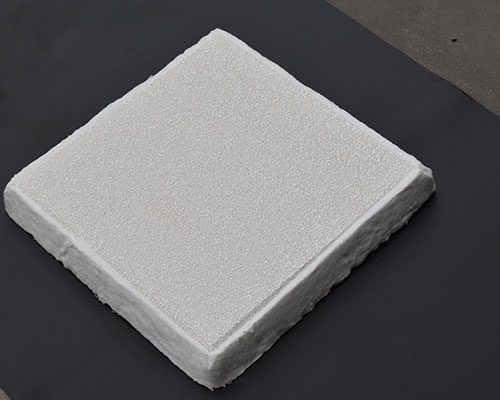
Ceramic foam filters are used to filter molten metals, such as aluminum, cast iron, copper, steel, and their alloys. These metals in a molten state include metallic and non-metallic materials.
Filtering molten metal with ceramic foam filter is an effective method to remove impurities. In the conventional method of producing ceramic foam filters, polyurethane sponges are used.
Dip it into a special ceramic slurry with thixotropy, and use a special roll extrusion process to make the ceramic slurry uniform. Coat evenly on the skeleton of the carrier, and then bake at a high temperature.
Casthouse Ceramic Foam Filter Advantages
- Removal of impurities and slag: purification of molten metal and simultaneous degassing (turbulence adjustment).
- After filtering, the viscosity of the molten metal is reduced, and the fluidity of the aluminum alloy liquid is increased by 10%-15%. The flow of molten metal before filtration is turbulent, while the flow after filtration is laminar (the tortuous flow path of the ceramic foam filter), which reduces the amount of gas and the formation of secondary slag.
- With the progress of filtration, the filtration mechanism changes from sieving, filter cake to deep bed filtration, and the purity of the filtered metal liquid is getting higher and higher (not exceeding the filtration capacity of the foam ceramic filter).
- Reduce the scrap rate of parts.
- Improve part performance.
- The mechanical properties of the material have been significantly improved, especially the elongation.


